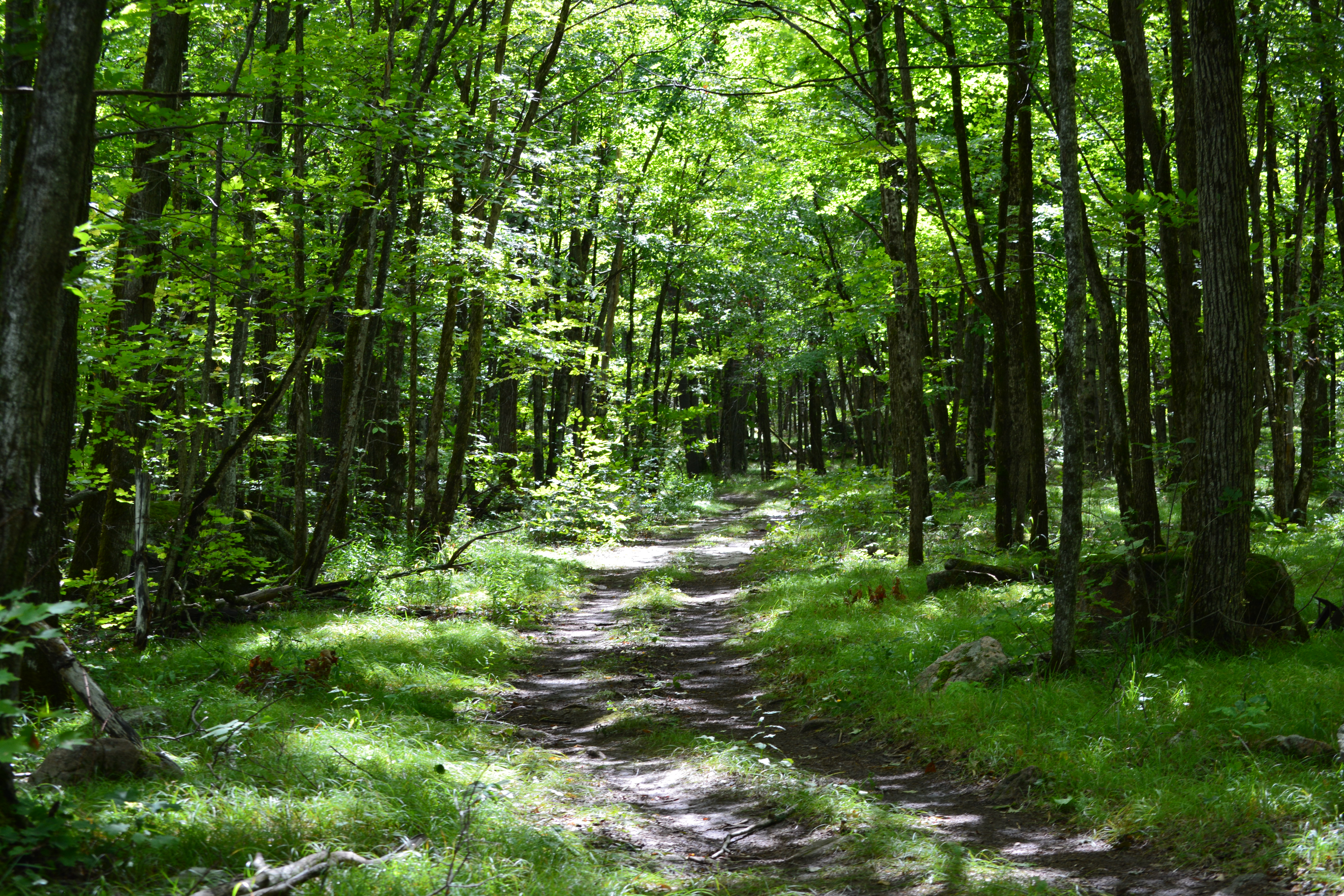
This past week saw the Fall Equinox, as students are getting settled into the new academic year. It is an exciting time of new beginnings, possibilities, and hope. Some are excited and leap right in with confidence, while others may be uncertain and a little wary. Either way, and all along the continuum, the trust that learners place in us as guides, models, and mentors, is profound.
Education is a powerful force for good in this world. We open minds and hearts, we cultivate new ideas, knowledge, and skills, and we inspire change.
Tragically, education has also enacted huge and lasting harms, specifically among survivors of Canada’s Indian residential schools, as well as across successive generations. In the fall of 1973, Phyllis (Jack) Webstad from the Stswecem’c Xgat’tem First Nation was a six-year old who was excited to start school:
Phyllis Webstad is the Executive Director of the Orange Shirt Society, and each year on September 30 we honour the experiences of the former students and survivors of Canada’s residential school system. As educators and academic leaders, we have a special obligation to Truth and Reconciliation for Education.
What can you do?
- Wear an Orange Shirt on September 30 to show your solidarity and affirm that Every Child Matters – you can wear your own, or order one here
- Talk with your students, colleagues, family and friends about Orange Shirt Day, what it means, and why it matters
- Continue to learn and educate yourself about the imperative of Truth and Reconciliation, and the true history of what is now Canada
- Incorporate content about Indian residential schools and Truth and Reconciliation into your courses and class discussions. Resources include: Our Stories: First Peoples in Canada; Centennial College Library Guides focused on the topics of Decolonizing and Indigenizing; this list of books, documentaries, stories and films from University of Toronto / OISE, and so much more.
- Donate to Indigenous organizations such as the Native Canadian Centre of Toronto, Native Women’s Association of Canada, Inuit Tapiriit Kanatami, Legacy of Hope Foundation, Orange Shirt Society, and more.
- Make a donation to bursary funds for Indigenous Students.
- Spread the word on social media, using the hashtags #OrangeShirtDay #EveryChildMatters.
Orange Shirt Day is timed to align with the start of the new academic year when First Nations, Inuit and Métis children were taken from their families. This day reminds us of our collective responsibility for Truth and Reconciliation, and that we carry these obligations throughout our work as educators and academic leaders. The Truth and Reconciliation Commission report notes that while the TRC focused on the truth about residential schools, true reconciliation extends to the history of colonization, injustice and racism, and fair settlement of land and treaty rights.
We all have a role to play – “The perfect place to begin is right where a teacher stands.”






